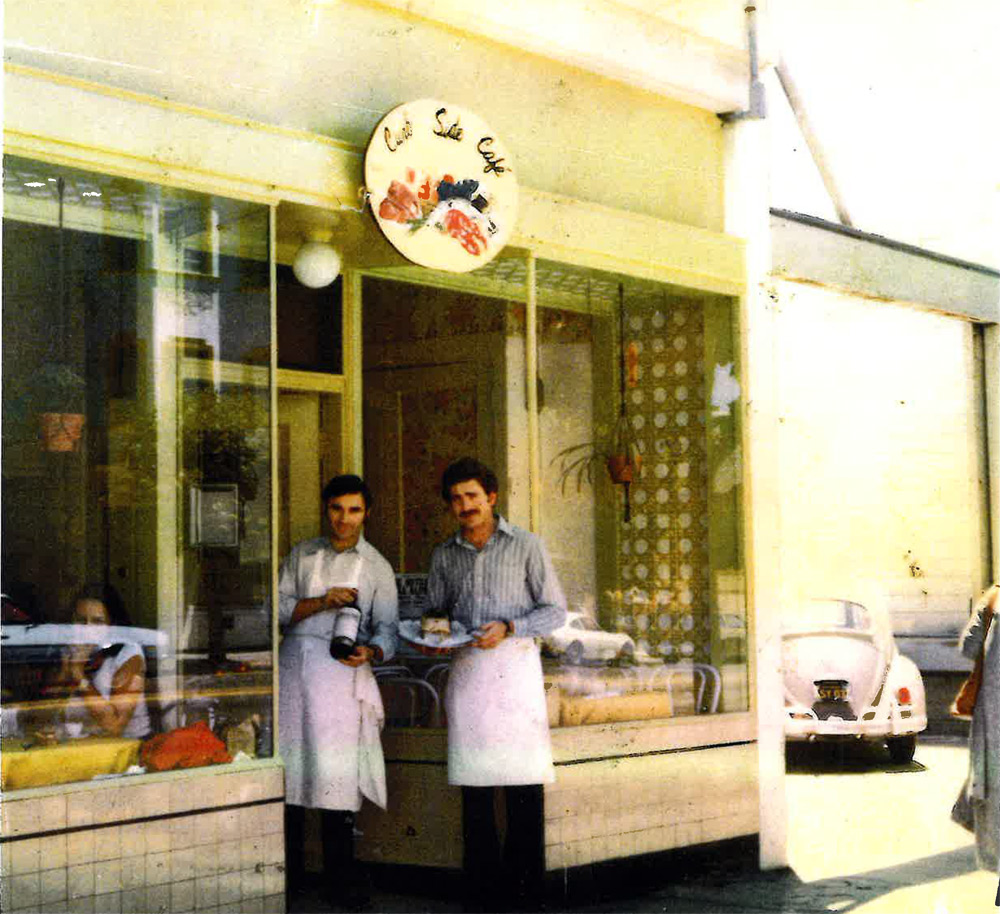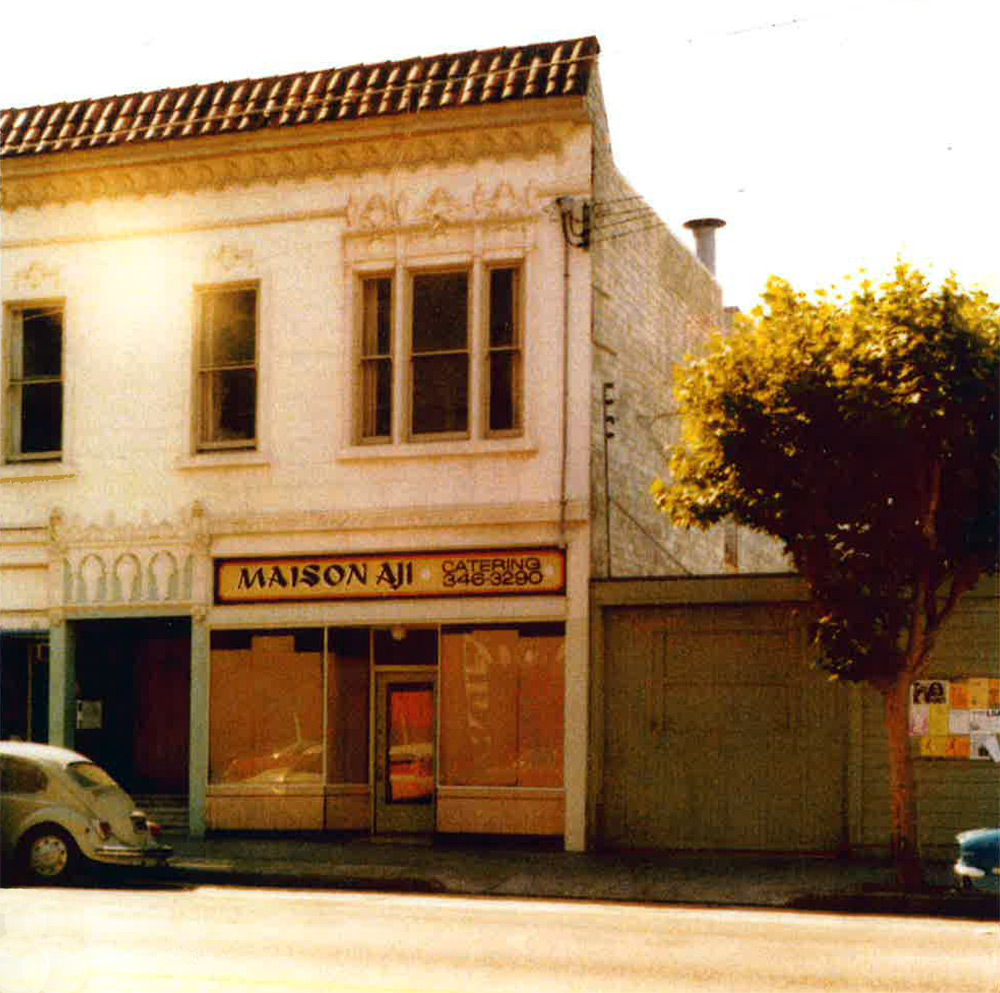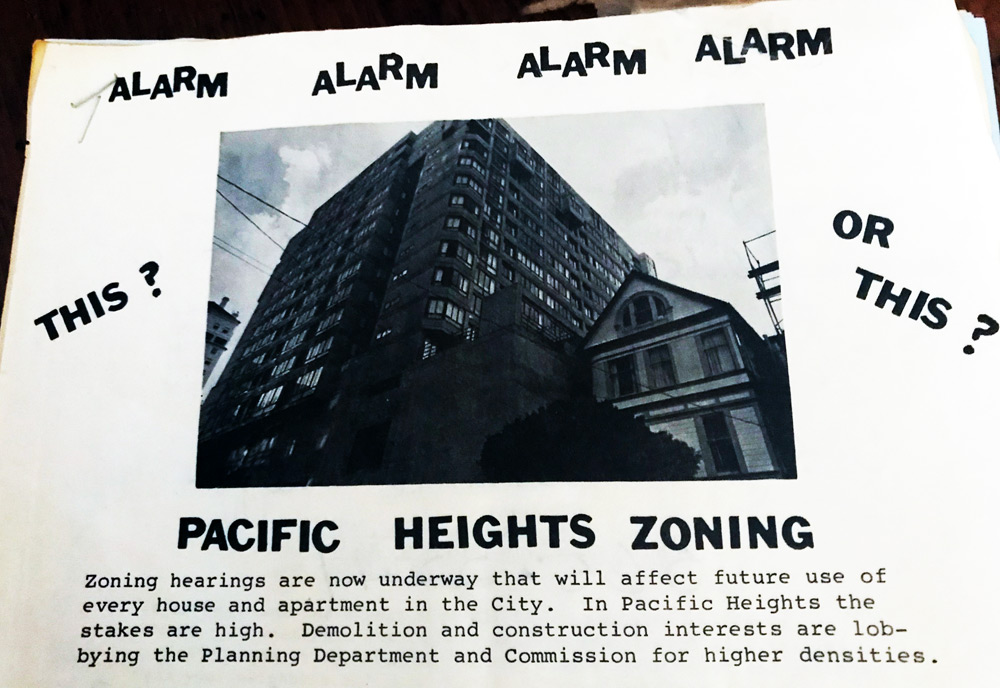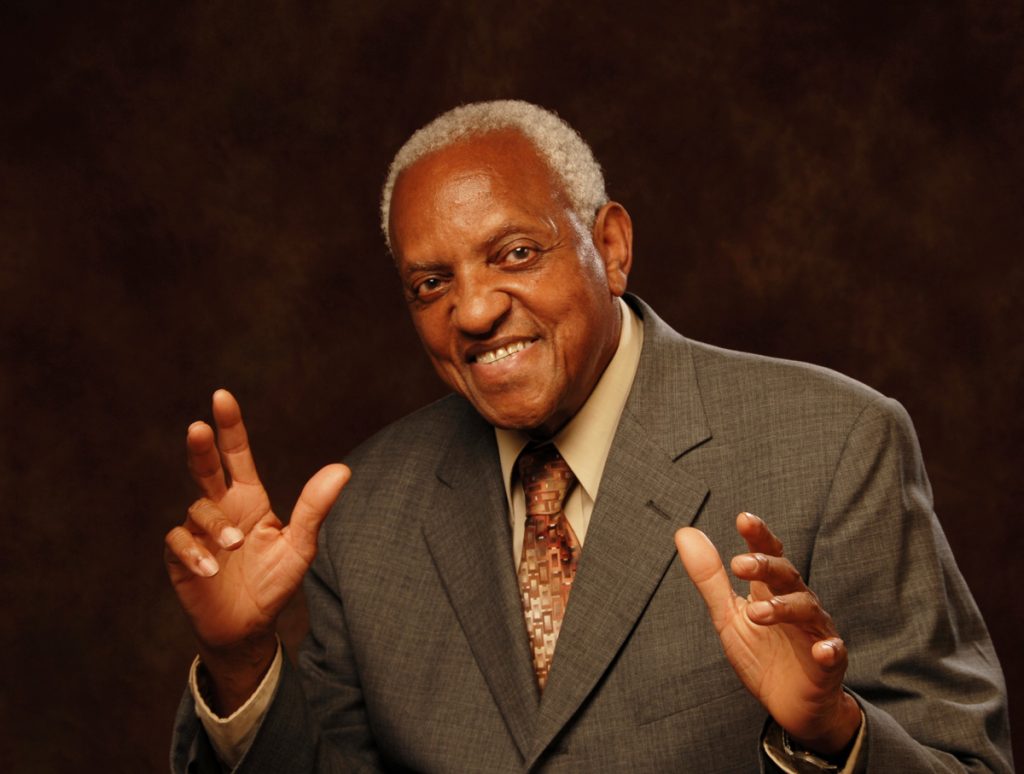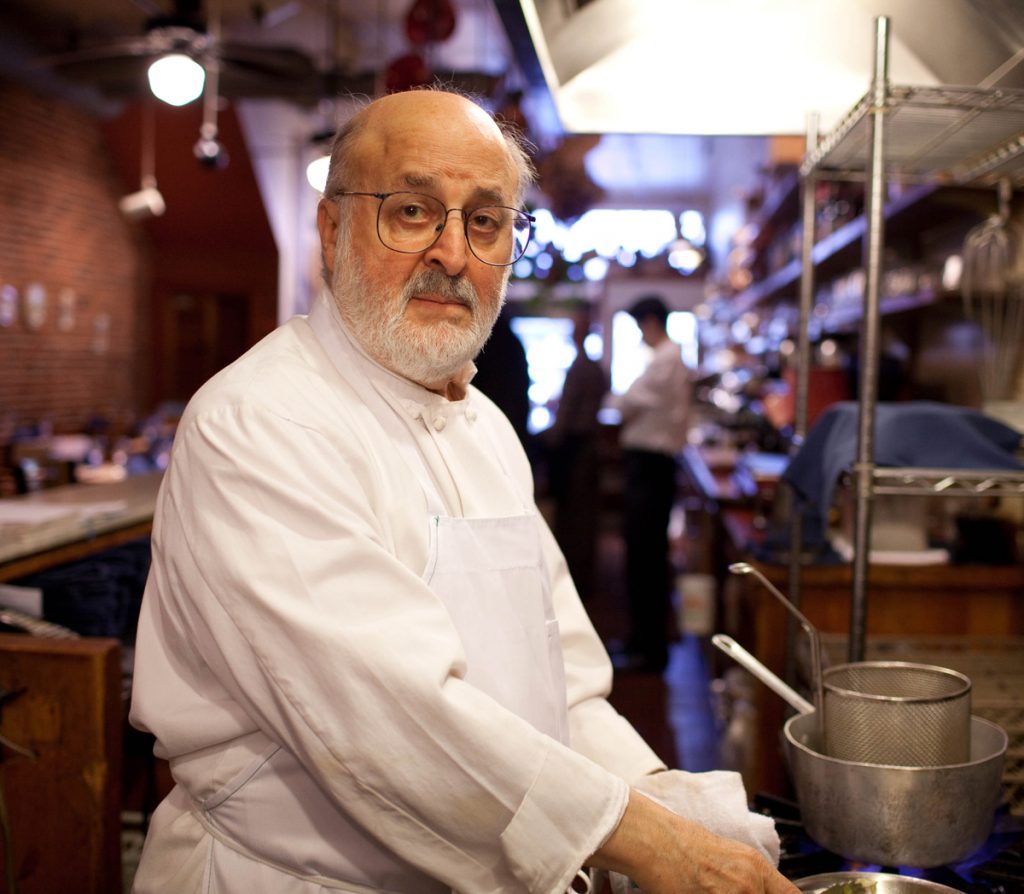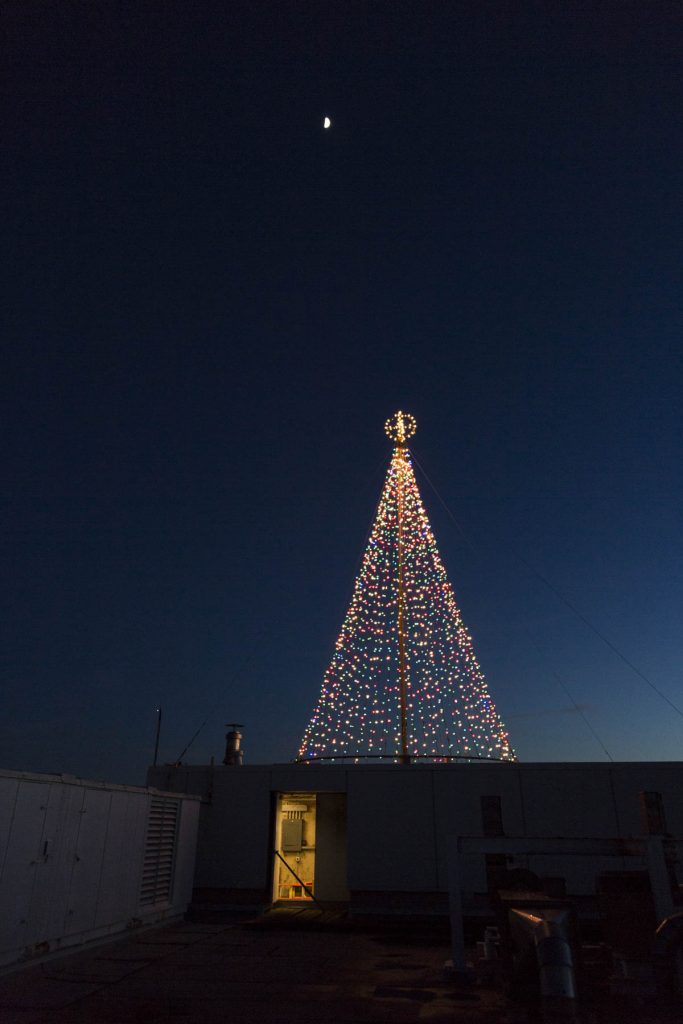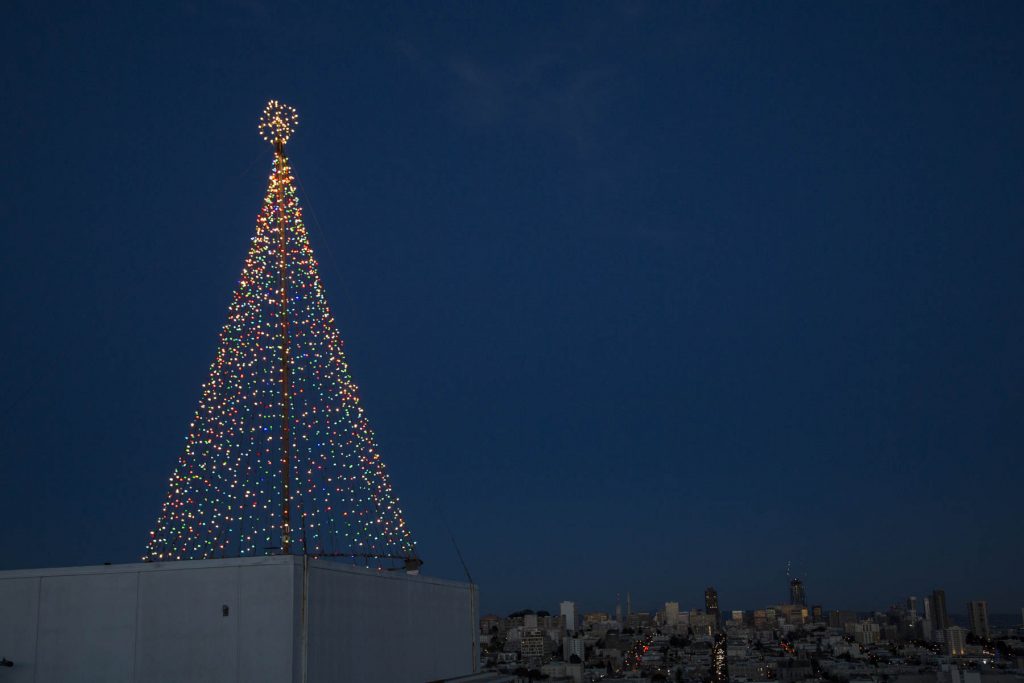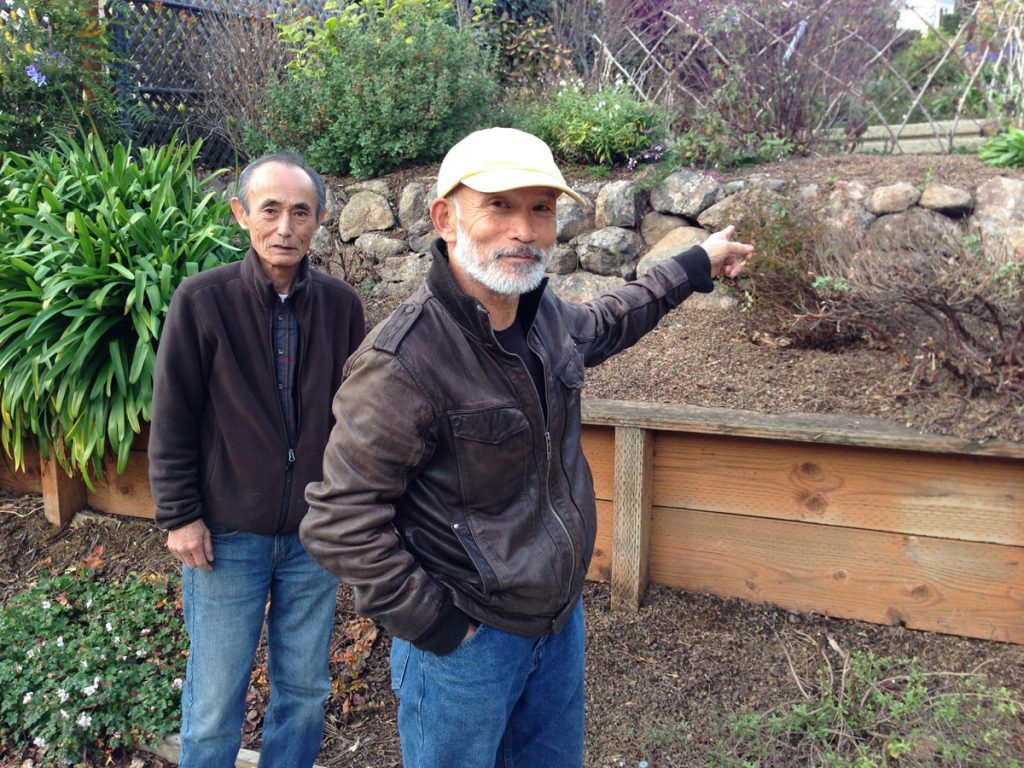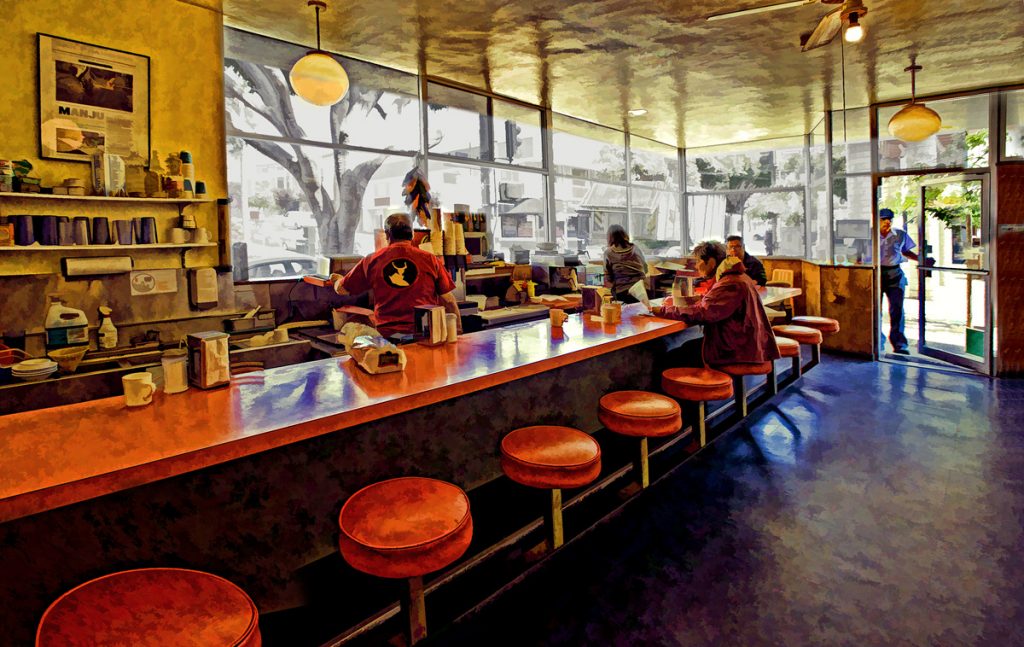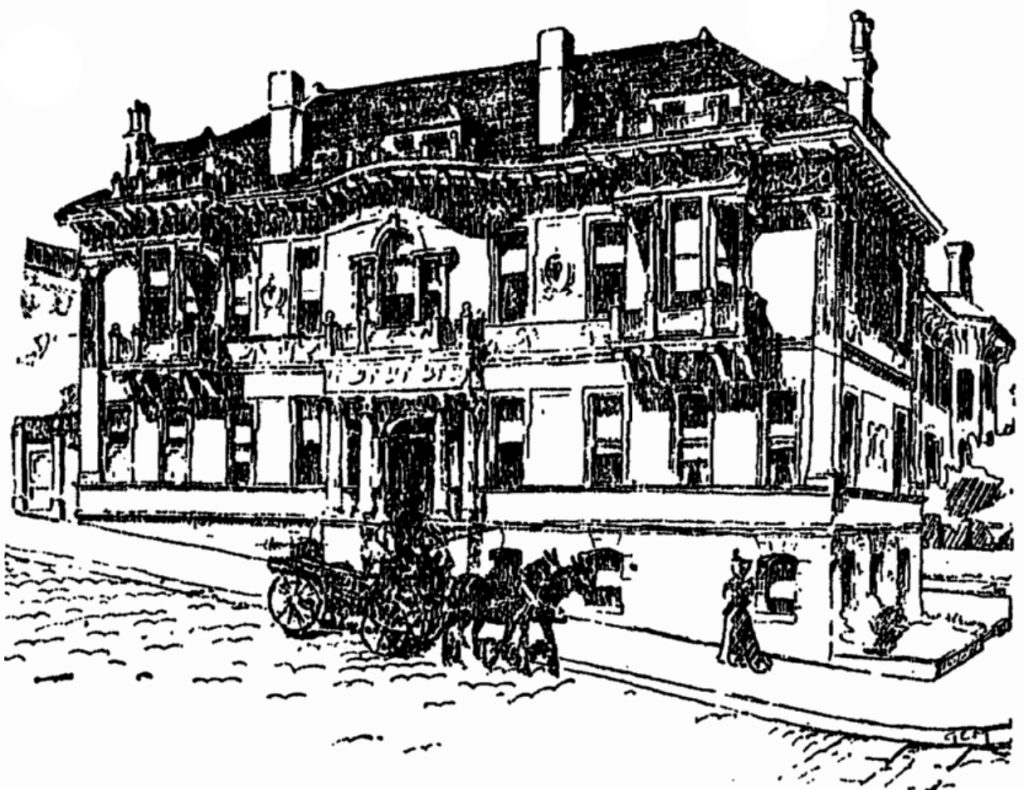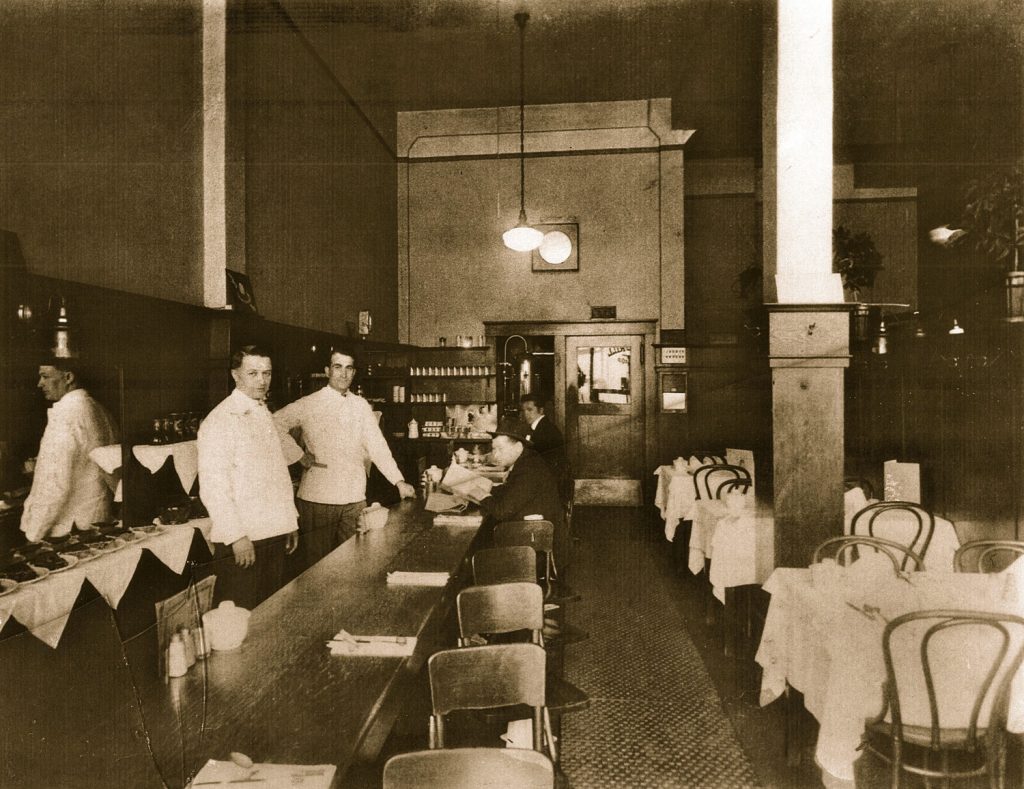
Inside the Lincoln Grill, circa 1940s.
BEFORE IT WAS the Elite Cafe, it was the Asia Cafe. And before it was the Asia Cafe, it was the Lincoln Grill.
The building at 2049 Fillmore that now houses the Elite Cafe was built in 1932 in exuberant Jazz Age style, with no shortage of Art Deco detailing, as the home of the Lincoln Grill, which had first opened across the street in 1928.
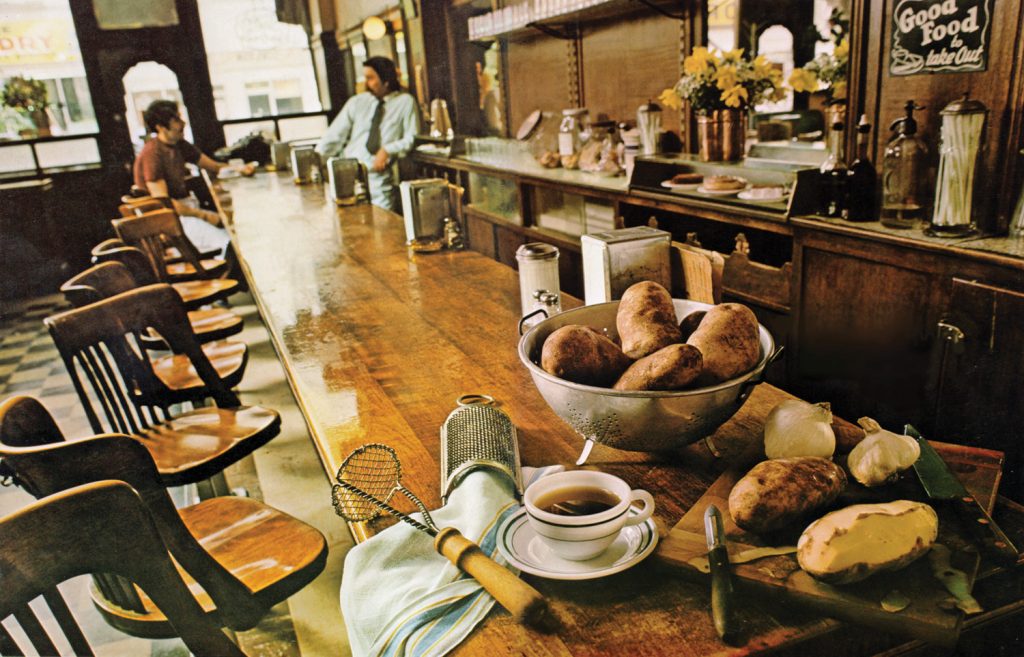
Inside the Asia Cafe in the 1970s.
The neon sign out front originally announced the Lincoln Grill. Then, in the 1950s, the name — and the marquee — were changed to the Asia Cafe.
In 1981, when serial restaurateur Sam DuVall beat out fast-rising chef Jeremiah Tower for the space and created the Elite Cafe, the sign was reworked and reworded again.
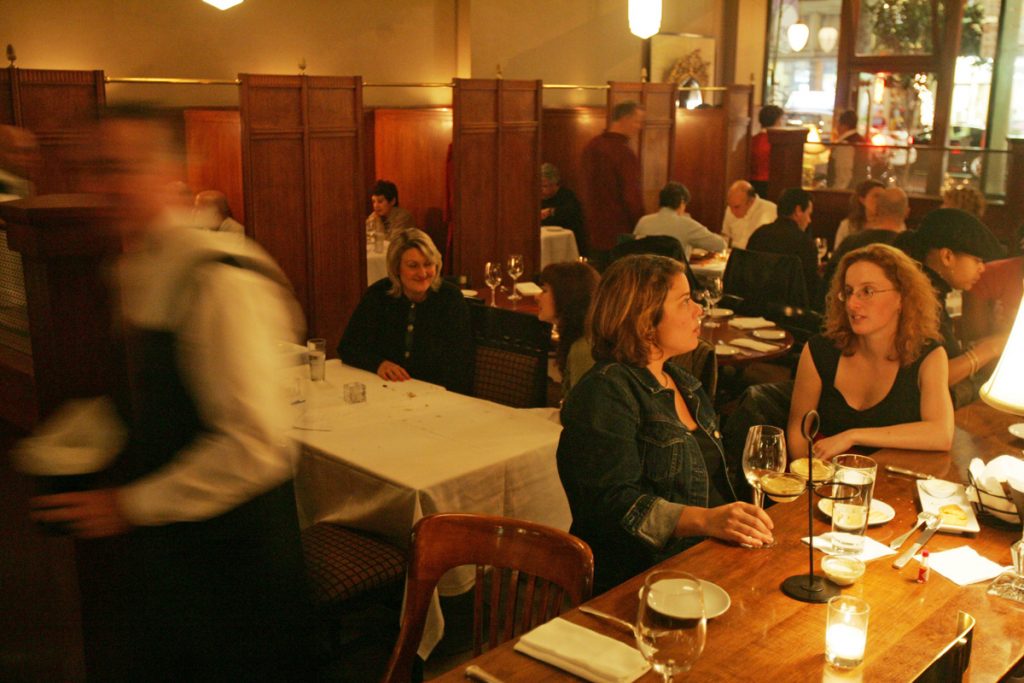
The dining room and booths in the Elite Cafe in 2008.
Peter Snyderman took over the Elite Cafe in 2005 and had the neon sign refurbished, but kept the interior largely as it had always been. In 2016, Snyderman passed the Elite on to current owner Andy Chun, who made it modern, removing the historic Deco fixtures and painting the woodwork shades of black and battleship gray. Exterior details also were cloaked under a coat of black paint.
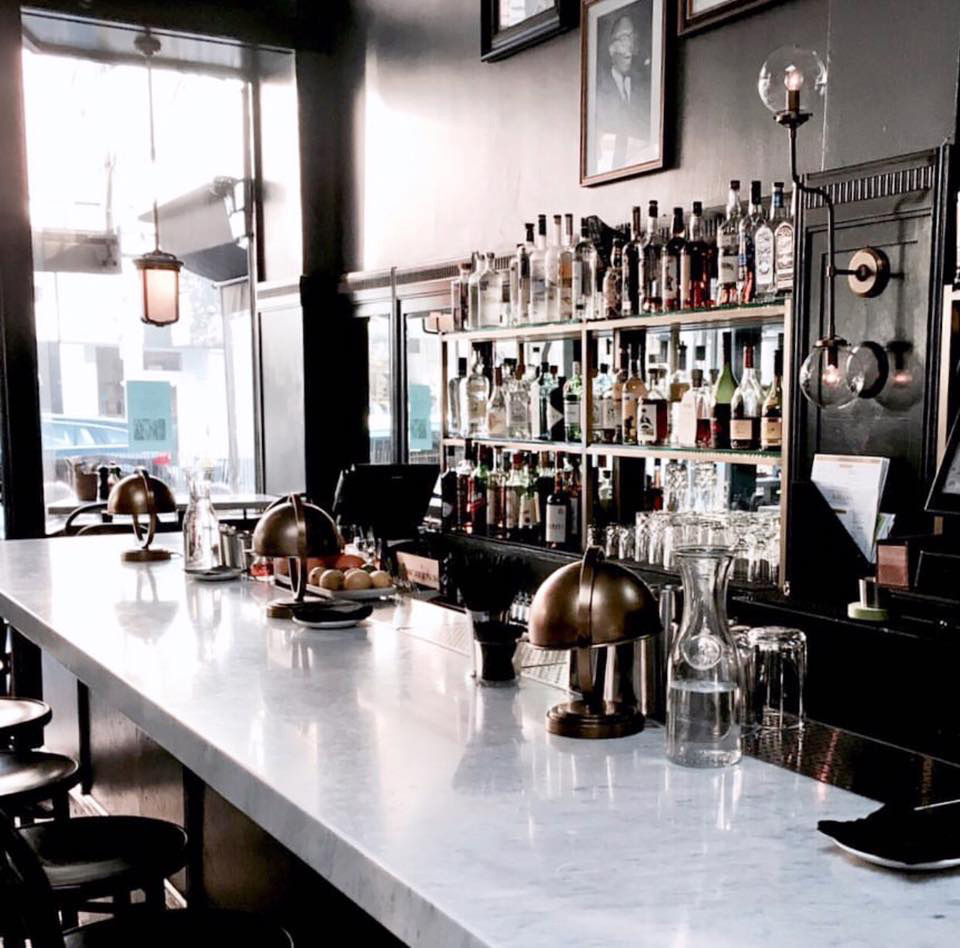
The Elite Cafe made modern in 2017.
But the vintage neon sign remained a brilliant beacon of Fillmore Street. Then one morning last February the sign caught fire. Flames shot out of the top, and the neon went dark for almost a year.
Now, at last, it again lights up the night sky.
Still no one has come up with photographs of the sign when it fronted the Lincoln Grill or the Asia Cafe. But once again it has been rewired, repainted and re-lit, proudly proclaiming the Elite Cafe.

EARLIER: “An Art Deco treasure is diminished”
Filed under: Food, Drink & Lodging, Neighborhood History | Leave a Comment »




